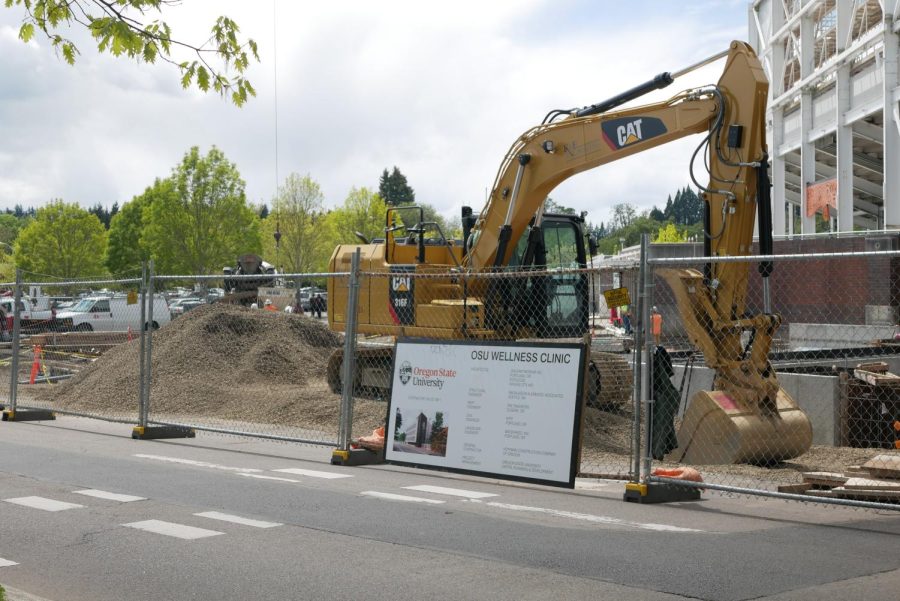Student Health Services, Survivor Advocacy and Resource Center to move out of Plageman Hall
June 6, 2022
In the fall of 2023, Oregon State University’s Student Health Services, which is currently housed within Plageman Hall, will move to the southeast side of Reser Stadium.
SHS moving to Reser Stadium is part of the Completing Reser Stadium Project, which aims to revamp and expand the football stadium to include a welcome center and wellness center.
This new wellness center, which will become the new home of SHS, is anticipated to be a four-story, 32,000-square foot building.
In addition to being the new home of SHS, this new wellness center will also include Samaritan Health Services. Samaritan will be located on the first and second floors while SHS will be located on the third and fourth floors.
According to Steve Clark, vice president of University Relations and Marketing at OSU, the collaboration between Samaritan and SHS will provide clinical and urgent care services to OSU faculty, staff and students along with Corvallis, Ore. residents to better serve the community as a whole.
The decision to move SHS from its current location at Plageman Hall to Reser Stadium was a logistical one, according to Kelly Hower, interim executive director for SHS.
“It makes very good sense to invest in and relocate to a new clinic that will be in a much better location for our students, given the age of Plageman Hall and the high cost of renovations,” Hower said. “Plageman Hall is located a long distance from most on-campus residence halls and cannot be easily reconfigured to serve as a modern health center.”
Plageman Hall, which will close upon the opening of the new wellness clinic, is also currently the home of the Survivor Advocacy and Resource Center.
According to Hower, SARC will not be joining SHS at the new wellness center. It will be moved to an appropriate and accessible location that will ensure and protect patient confidentiality, Hower said.
“It was considered that locating SARC within a very busy new health center, that will offer general student and primary care and urgent care for employees and community members, would not be the best location to support survivors with confidential care and assistance,” Clark said.
Allsion Riser, interim director for SARC, said moving SARC from a clinical setting to a more survivor-focused setting will provide increased privacy for survivors.
“While not located directly within the new clinic, SARC advocates will continue to have access to consultation space at the new health clinic that will provide a private space to meet with survivors who also are being seen by SHS clinical staff,” Riser said. “SARC will continue to have a referral/connection flow that will enable clinical staff and advocates to collaborate closely to serve survivors.”
Despite being in two different locations after having shared the same building for several years, Clark said it is not expected that the physical separation between SARC and SHS will prove to be an issue for those seeking services from SARC.
“SARC advocates will be able to continue to collaborate with clinical staff at the new health clinic who also may serve survivors,” Clark said. “In this way, SARC and SHS will remain very complimentary and collaborative.”










































































































